Economic and Market Review
March 31, 2023
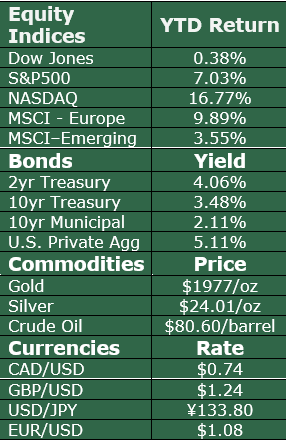
Bank Failures May Alter Fed’s Course
The failure of two regional banks unsettled equity and fixed-income markets globally in March. Financial contagion risks were at the forefront of the financial markets as the closure of Silicon Valley Bank and Signature Bank fostered turmoil throughout the banking sector. The recent banking crisis may alter the Fed’s rate increase trajectory, as various analysts believe that the Fed’s rapid rate increases may have triggered the banking mayhem.
Various bank analysts believe that the recent bank failures are more centralized than widespread in the banking sector, different from the crisis in 2008 when numerous institutions were affected. Some economists are forecasting the likelihood of a heightened recessionary environment should additional banks fail and if the Fed continues to hike rates.
What occurred in 2008/2009 was systemic, which means that there was a broad effect across many institutions with the same exposure, such as Mortgage Backed Securities (MBS). This so far has not been the case and is contained to just a handful of regional banks catering to a select group of depositors and customers.
The events in March precipitated a migration to bonds, creating a drop in interest rates which is advantageous to offset inflationary pressures. The concern is that falling rates may also be indicative of a slowing economic environment, with a possible recession should economic activity significantly curtail. The Fed may or may not continue to “fight” inflation by raising rates, depending on economic data and how the bank crisis unfolds. There is a growing consensus that the Fed may be ready to halt raising rates because new data is showing that inflation is definitely cooling off.
The Fed’s latest survey on the economy, the Beige Book, reported that overall loan demand is falling, bank credit standards are tightening and delinquency rates are edging higher. The survey also identified rising rates as a factor in diminishing loan quality as well as inhibiting consumer borrower sentiment.
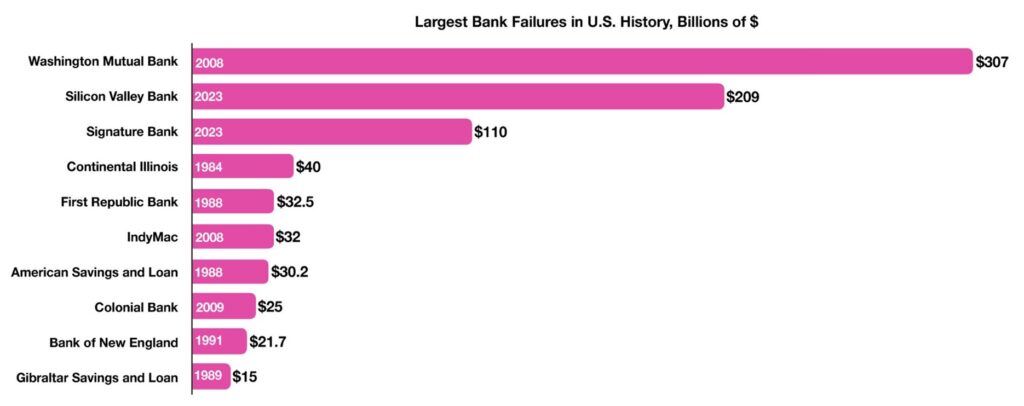
Unemployment Reaches 54-year Low
In January, unemployment reached a 54-year low of just 3.4%, which presented a positive sign for the economy. However, many analysts agree that this low unemployment rate may be misleading and artificially low for the true state of the economy.
January’s labor market was notably strong in December, adding 504,000 jobs as compared to 239,000 the prior month. The job market cooled slightly in February, with 311,000 jobs added. Economists believe that this could be a product of seasonality or a strong labor force. The labor force participation rate has risen steadily since its 47-year low in April 2020, yet is still significantly lower than average participation rates throughout the 1990s and 2000s. Ultimately, this makes the Federal Reserve’s battle against inflation much more complicated, as their efforts of reducing hiring to lower inflation have still not proven effective. Historically, low unemployment rates tend to drive inflation higher, and with the recent cooling of inflation data, these historic lows are not expected to last.
The return of 55 plus year olds to work may postpone retirement for many, who may have been planning on retiring sooner rather than later. The dramatic rise in stocks valuations and 401k plans over the past two years, positioned many for a possible earlier retirement. But with recent market valuations sliding, the prospect of retirement may be further out than desired. Other factors encouraging a return to the workforce include vaccinations, school re-openings, more remote and flexible work opportunities, and attractive wages.
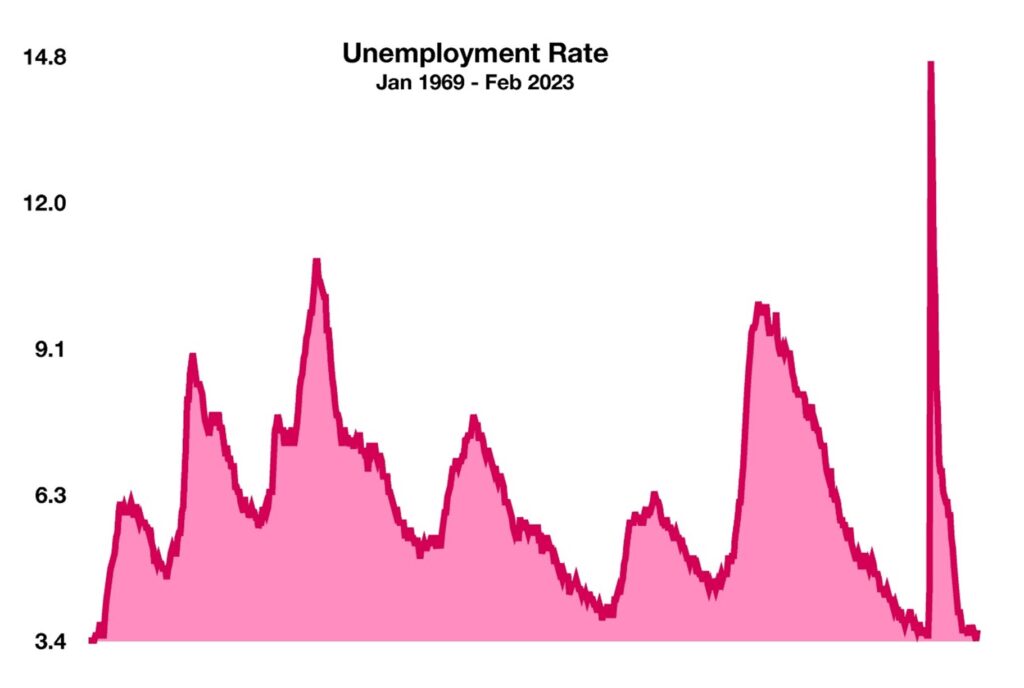
Lumber & Natural Gas Show Sign of Deflation
The past year has been one of turmoil for natural resources, especially due to global instability amidst the war in Ukraine and supply constraints. Two vital commodities affected, lumber and natural gas, have seen heightened price volatility. As of this past month, both commodities are off 70% from their highs which were reached in 2022. Economists view lumber and natural gas as leading indicators in their respective industries, signaling that dropping prices are expected to present a deflationary trend that may evolve over the coming months.
In spring 2021, lumber surpassed $1600 per thousand board feet, with this essential housing material serving as a catalyst for inflation throughout 2022. As depicted by lumber’s skyrocketing price, the housing market’s historic demand fell to close 2022 with housing prices continuously outpacing inflation. Now, lumber’s falling prices are expected to once again reflect the future state of the housing market. The market for lumber is now seeing demand for lumber fall, with its price falling accordingly. Since the primary use of lumber in the U.S. is for housing, a continuation of falling prices may indicate that demand in the housing market is going to continue to fall in the coming months.
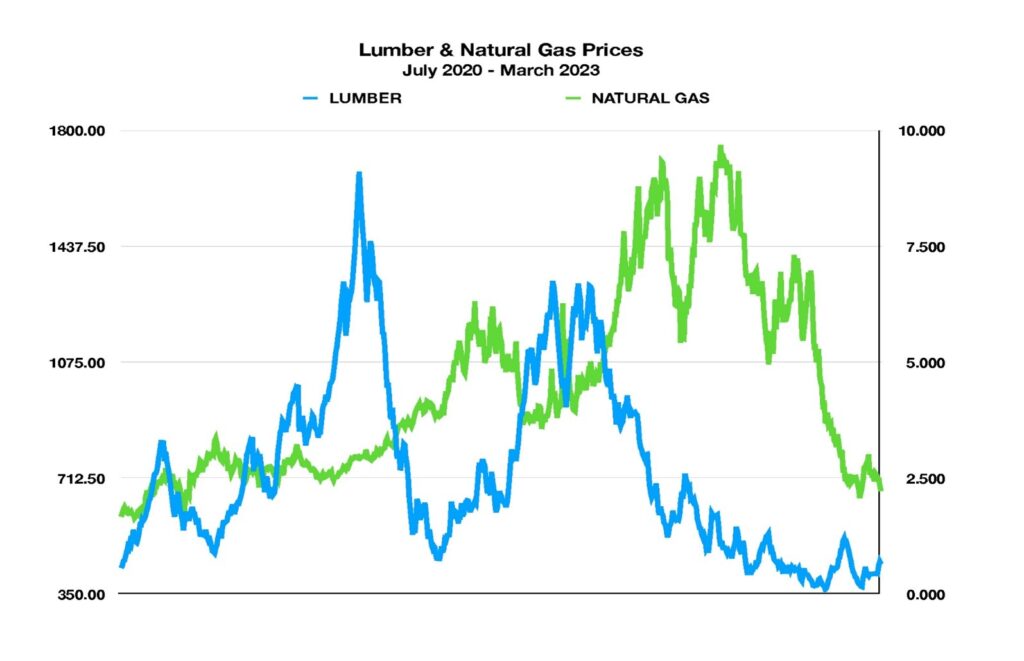
Another resource exhibiting similar trends is natural gas, with increasing supplies along with falling demand. With European nations cutting off Russian gas as a result of the war in Ukraine, the export of natural gas rose significantly and raised prices for natural gas domestically. In the U.S., natural gas consumption fell throughout March, with diminishing demand for natural gas expected to continue to drive a return to normal prices, following similar trends as lumber.
Inflation Reduction Act Provides Tax Breaks for Green Projects
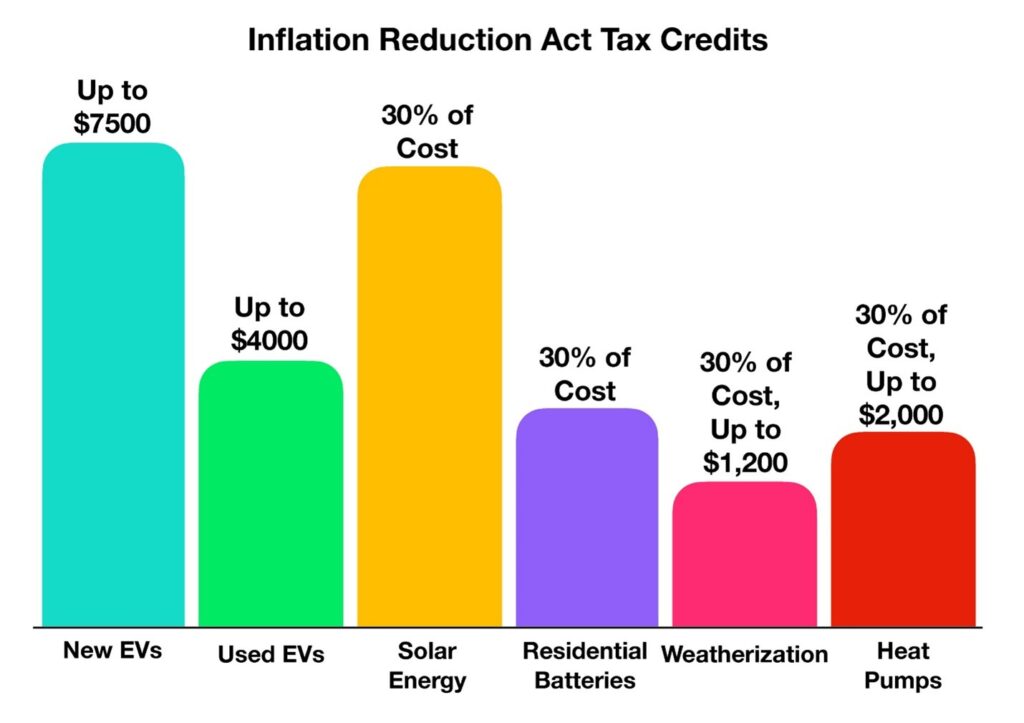
With Congress passing the Inflation Reduction Act (IRA) in 2022, consumers are expected to see new tax savings centered around environmentally friendly energy. Throughout the ten-year plan, home renovations and upgrades are expected to generate savings for households.
The most significant of these credits is a 30% tax credit against federal income taxes for the cost of installing solar energy equipment. This credit has no limit, and 30% will apply regardless of the amount spent on installation. The credit will remain until the end of 2032, then decrease to 26% in 2033, 22% in 2034, and eventually phase out in 2035.
Heat pumps are also receiving sizable incentives through the act. Low-income households will receive a rebate of 100% for the cost of a heat pump, while moderate-income households will receive 50% of the heat pump expense. Homeowners can qualify for a 30% tax credit up to $2,000 for home energy efficiency projects, which covers heat pumps. For weatherization, homeowners can receive a tax credit of 30% for up to $1,200 per year. For households installing residential batteries, a tax credit of 30% is available for the equipment and installation cost.
Travel Industry Rebounding From Pandemic Slump
With March passing, it has officially been three years since the initial surge of the COVID-19 pandemic that shut down schools, in-person meetings, and disrupted most of the norms of daily life. While some industries benefitted from the new landscape created by the pandemic, the tourism industry entered into a major slump due to widespread travel restrictions.
The world’s leader in tourism, France, saw 211 and 217 million tourists in 2018 and 2019 respectively. That number fell to just 117 million in 2020, a 46% drop that was apparent in countries across the world. The United States saw continuous declines in tourism since 2018, dropping over 72% from 169 million people in 2018 to 46 million in 2021. Other notable decreases include Spain, which saw a 71% fall in tourism between 2019 and 2020, Great Britain with an 85% drop between 2019 and 2021, and Japan with a 99% decrease between 2019 and 2021.
Despite international tourism still suffering the effects of the pandemic, both 2021 and 2022 saw improvements. While it may take years, the recovery of international tourist arrivals shows that the world is making a return to normalcy. In Europe, the number of tourists in 2022 reached 74% of 2019 levels. While these trends started in 2021, as can be seen in France having 25 million more tourists in 2021 as compared to 2020, then rising significantly in 2022. As for domestic travel within the United States, the TSA reported the most domestic travelers in July 2022 since December 2019, a dramatic rise from the abnormal lows of mid-2020.


